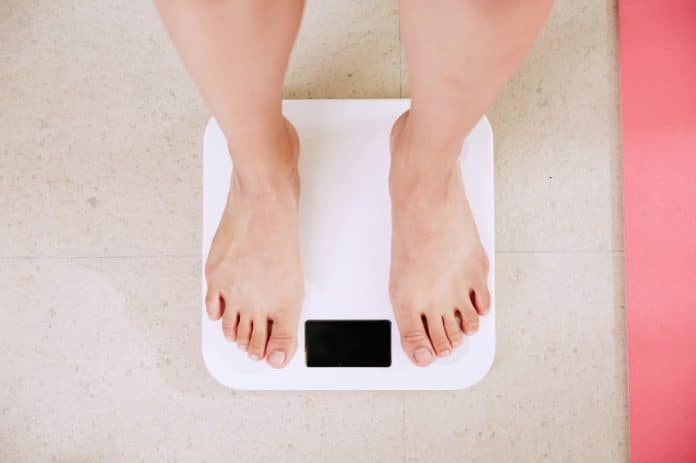Textiles are central to tackling the triple planetary crises of climate change, biodiversity loss, and pollution.
“Each year, the textile sector is estimated to be responsible for up to 8 % of the global greenhouse gas emissions because of the excessive consumption of natural resources and energy”, stated Veronika Hunt Šafránková, Head of the UN Environment Programme Brussels Office, while introducing on 16 May the high-level event “Threads of Change: Systemic Transformation of the Textile Sector“, co-hosted in Brussels by UNEP and the Belgian Presidency of the Council of the European Union (EU).
“The size of 86 million Olympic swimming pools of water is used by the sector every year.”
The textile industry worldwide also generates 9 % of microplastic pollution flowing into the oceans, while exploiting its workers is also a global problem. In the quest for solutions, the high-level event was designed to provide a platform for discussion for all the stakeholders, from policymakers to industry and civil society.
“Throw-away culture”
“The world has become addicted to fast fashion“, said Inger Andersen, the UNEP Executive Director, in her opening statement. “The throw-away culture in wealthier countries doesn’t benefit anyone“.
Since 2020, UNEP has been working with the EU Commission to make the textile sector more sustainable and to promote circular business models. UNEP is also encouraging stronger policies in the EU to ensure the second-hand export market towards the Global South is under better regulation. UNEP has elaborated a global roadmap on the textile industry, working with 14 countries to implement it, with the EU’s support.
In her video message, Zakia Khattabi, Belgian Federal Minister of Climate, Environment, Sustainable Development and Green Deal, pointed at “promising developments”.
“European initiatives such as extended producer responsibility and regulations banning the destruction of unsold textiles represent important steps towards accountability and waste reduction”. More measures are still needed, as well as a “paradigm shift towards a circular and just textile economy”, explained Zakia Khattabi.
A third of the textiles unsold
How can the textile sector become more circular and reduce its use of natural resources? The first panel of the high-event, on policies, reminded us that 430 million people are employed by this massive sector, among whom 60 million are linked to the European market.
John Wante, adviser at the Belgian Ministry of Climate, Environment, Sustainable Development and Green Deal, said the EU has already taken important regulatory steps, such as the ban on the destruction of unsold new textiles, adopted in December 2023.
“Almost 30 % of the textiles on the market are never sold. If we can find a way to reintroduce that into the second-hand market, or even reduce the amount of textiles put on the market, that could also contribute to less primary resources use”.
The EU is also discussing a “Green claim directive“ to allow stronger rules when producers put a label on a product regarding its environmental impact. “We need labels that tell us what the environmental and social performance of a product is, not only a good product but also a bad product,” said John Wante.
More regulations needed
Speaking on behalf of Decathlon, a big sportswear company, Jana Hrckova, EU Policy and Public Affairs Manager, said that the private sector is welcoming regulations: “It’s not only our duty for the future generations but also for the longevity of our business”. She pointed out the need for harmonized rules in the fields of industrial prewashing and washing and on a maximum threshold of microfibers(made out of microplastics) use, for instance.
Pankaj Phukan, First Secretary for Trade at the Indian Embassy in Brussels, stressed the necessity of transforming not only policies but also individual behaviours. He explained how the Prime minister of India is setting the example through his “Lifestyle for the Environment“ (LiFE) initiative, taken at the COP26 in 2021. Narendra Modi is encouraging citizens to change their habits by wearing outfits made entirely out of recycled materials.
Overproduction, a concern for youth
The second panel, “Youth Forum on Sustainable Fashion Consumption,” discussed youth’s commitment to changing the economics of fashion and its impact on climate.
“We produce way too much and we need to reduce this drastically, explained Kiki Boreel, former model and Dutch Climate Ambassador for the Future. We have enough clothes to dress six generations, yet there is still this influx of cheap, low-quality garments”.
She went on to address overproduction with two possible solutions. Paying workers in the garment sector a fair wage would make it less easy to overproduce cheaply. “Brands should also publish their production volumes and the number of styles they are bringing to the market. It would make it easier for consumers to compare brands and choose those who are not overproducing.”
A focus on solutions
“One of the most important systemic changes is to keep our clothes longer in use“, said Jana Hosková, Deputy Head of Unit, Directorate-General Justice & Consumers, at the European Commission. “By 2030, the textile products placed on the EU market should be long-lived and recyclable, to a great extent they should be made out of recyclable fibres (…) and produced in respect of social rights and environment.“
Quinten Schaap, Fouding Director of Bakermat, a company in Antwerp with the mission to “empower creators to design accountable and fair“, stressed the need to “strengthen the relationship between the current textile industry and the next generation of creators and designers“. He pleaded for more “collaborative relationships“ and not “only transactional”, to “co-create“ with textiles that follow a path of transparency.



